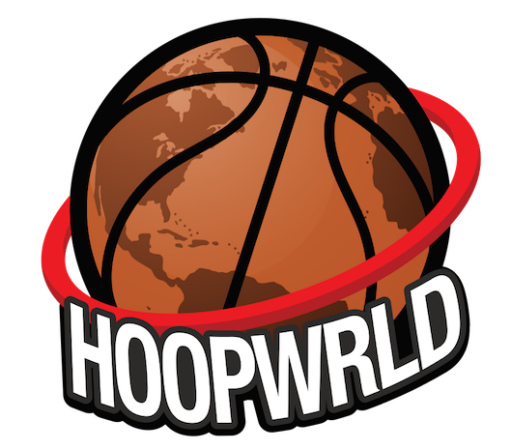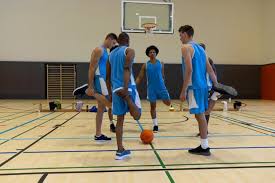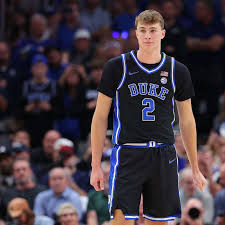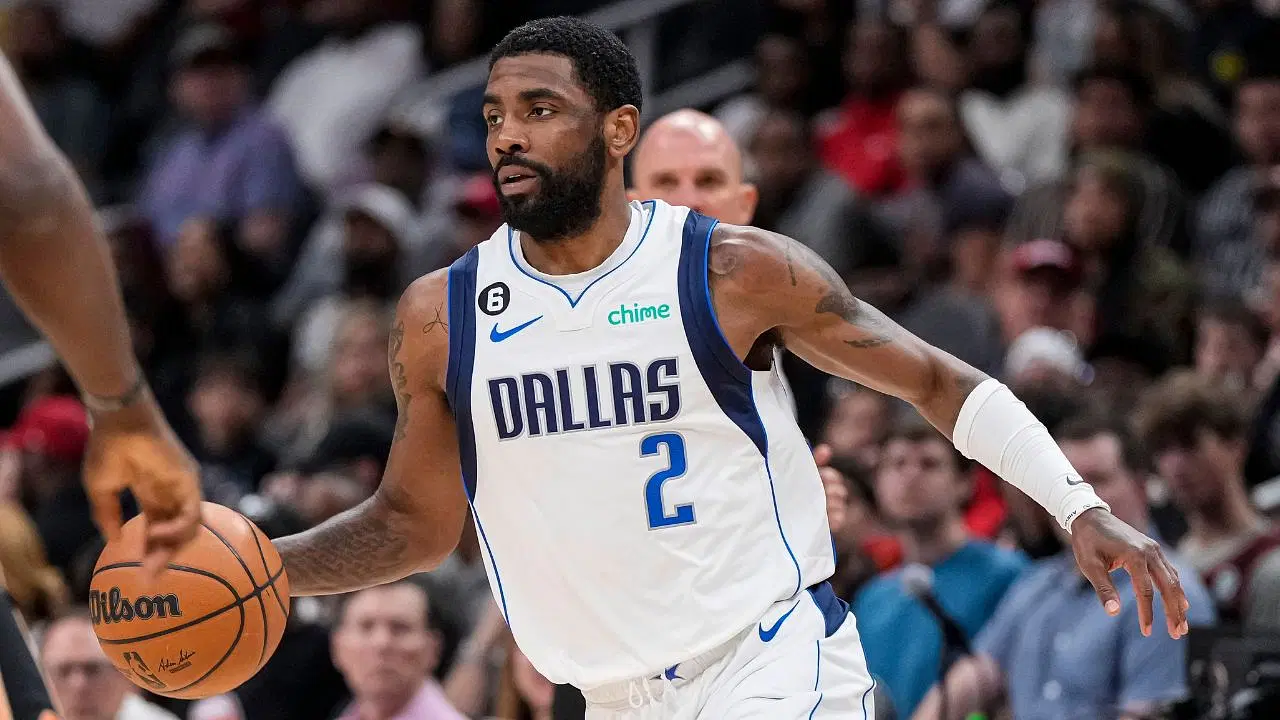By Hoopwrld
IMPORTANT MEDICAL DISCLAIMER: This article is for informational purposes only and does not constitute medical advice. Hoopwrld writers and editors are not medical professionals. If you are experiencing pain, please consult a qualified healthcare provider or sports medicine physician. Always seek professional medical attention for injuries, persistent pain, or symptoms that worsen or don’t improve with basic treatment. The distinction between normal workout soreness and injury can sometimes be unclear—when in doubt, get it checked out.
You’re in the fourth quarter. Legs burning. Back tight. Every step on the hardwood sending shockwaves through your calves. But you keep pushing. Because that’s what basketball players do.
But let’s get something straight right now: Not all basketball pain is created equal.
“I played through it” might be the most dangerous flex in basketball culture. Yeah, Michael Jordan had his Flu Game. Kobe Bryant shot free throws on a torn Achilles. But for every legendary pain-defying moment, there are thousands of basketball careers cut short because players couldn’t tell the difference between normal workout pain and serious injury pain.
Basketball Pain Types: Understanding Workout Soreness vs Dangerous Injuries
Let’s break it down like a defender reading a pick-and-roll.
Normal Basketball Workout Pain (Good Pain): This is your body adapting, getting stronger. It burns, aches, feels tight. It hits both legs equally after those killer defensive slides. It fades when you rest and peaks a day or two after your workout as DOMS (Delayed Onset Muscle Soreness). This basketball-related pain is telling you: “We’re building something here.”
Basketball Injury Pain (Bad Pain): Sharp. Stabbing. Often concentrated in one spot. Might have popped or snapped during a specific basketball move. Swells up. Doesn’t get better with rest. This pain is screaming: “STOP. NOW.” Basketball players experiencing this type of pain should seek medical attention.
Basketball Recovery Techniques: Essential Strategies Every Player Should Follow
Too many basketball players think recovery is soft. They’ll drill three-pointers for hours but won’t spend 15 minutes stretching or doing recovery work.
“Getting your shots up without basketball recovery work is like continuously withdrawing from your bank account without making deposits,” says NBA physical therapist David Jackson. “Eventually, you’re going bankrupt.”
Your basketball recovery routine deserves the same dedication as your jumpshot practice:
Recovery Treatment for Basketball Workout Soreness:
- Light movement (shooting free throws, casual dribbling)
- Foam rolling tight muscles
- Proper hydration and protein intake for muscle recovery
- Heat therapy to increase blood flow to basketball-stressed muscles
- Stretching hamstrings, calves, and hip flexors after basketball training
Basketball Injury Treatment and Prevention:
- RICE protocol (Rest, Ice, Compression, Elevation) for acute basketball injuries
- Consult sports medicine professionals—athletic trainer, physical therapist, sports doctor
- Follow a proper basketball rehabilitation plan
- Don’t rush back to the court—that’s how minor injuries become career-enders
- Modify your basketball training while healing
Basketball Recovery Products: Game-Changing Tools for Every Player’s Kit
PRODUCT DISCLAIMER: The following section mentions specific products for informational purposes only. Hoopwrld does not endorse these products, and their mention does not constitute medical advice. Always follow product instructions and consult a healthcare provider before starting any new medication or treatment regimen. Individual results may vary. Some players may experience allergic reactions or other side effects from certain products. Always test new products on a small area first and discontinue use if you experience adverse reactions.
Smart basketball players know that having the right recovery tools can make the difference between bouncing back quickly and being sidelined. Here are some essential products every baller should consider adding to their recovery arsenal:
Aleve (Naproxen Sodium) for Basketball Pain Relief – Deal
How to Use: Take as directed on packaging (typically 1-2 tablets with water)
Frequency: For temporary pain relief, not exceeding recommended dosage (generally no more than 3 tablets in 24 hours)
Benefits for Basketball Players: Reduces inflammation in joints and muscles after intense basketball sessions; longer-lasting relief (8-12 hours) compared to some other OTC pain relievers; can help manage basketball-related soreness without frequent re-dosing during tournament play
Bengay (Topical Analgesic) for Basketball Muscle Soreness – Deal
How to Use: Apply a thin layer to sore muscles after basketball practice or games, washing hands thoroughly after application
Frequency: Up to 3-4 times daily when experiencing basketball-related muscle soreness
Benefits for Basketball Players: Creates a heating/cooling sensation that distracts from pain signals; increases blood flow to basketball-stressed muscles; provides targeted relief to specific areas (perfect for ankle, knee, or shoulder discomfort); portable for travel games
Massage Gun for Basketball Muscle Recovery – Deal
How to Use: Apply to major muscle groups for 1-2 minutes per area, avoiding bony prominences and joints
Frequency: 10-15 minute sessions post-basketball workouts or 5-8 minutes pre-game to activate muscles
Benefits for Basketball Players: Breaks up muscle adhesions that form during basketball movements; accelerates recovery by increasing blood flow; reduces DOMS after explosive basketball drills; helps maintain muscle pliability throughout the season; portable for locker room use
Heating Pad for Basketball Knee Pain – Deal
How to Use: Apply to knees for 15-20 minutes after basketball activities
Frequency: 2-3 times daily when experiencing basketball-related knee stiffness
Benefits for Basketball Players: Increases blood flow to patellar tendons stressed by jumping; loosens knee joint capsules tightened by defensive slides; reduces stiffness before morning basketball practices; particularly beneficial for basketball players with history of jumper’s knee
Hyperice (Compression + Cold Therapy) for Basketball Injury Treatment – Deal
How to Use: Wrap around affected joints post-basketball activity with ice insert in place
Frequency: 15-20 minutes immediately after basketball games or practices, especially for chronic problem areas
Benefits for Basketball Players: Combines compression and cold therapy to reduce basketball-related inflammation; portable design allows treatment on bus rides home from away games; medical-grade approach favored by pro basketball players; helps manage basketball tendinopathy in jumping athletes
Basketball Injury Prevention: Read Your Body Like You Read the Defense
The greatest basketball players aren’t just skilled—they’re body-smart. They know when to push and when to pull back during training and games.
“Young basketball players come in thinking more is always better,” says veteran trainer Tim Grover, who worked with NBA legends Michael Jordan and Dwyane Wade. “The elite players understand that strategic rest and recovery are what separates the great from the legendary basketball careers.”
Ask yourself these questions when basketball pain hits:
- Can I move normally through basketball motions and fundamental skills?
- Is the pain affecting just one side of my body during basketball movements?
- Does it feel sharp rather than achy when I’m on the court?
- Is there visible swelling after basketball practice or games?
If you’re answering “yes” to these basketball injury questions, you need to address it now—not after the season ends.
Basketball Longevity: The Championship Mindset for Career Success
Championship-level basketball players understand that career longevity requires wisdom. NBA champions know recovery isn’t weakness—it’s strategic basketball training.
“You want that basketball championship? That D1 college basketball scholarship? That NBA contract?” asks the Miami Heat’s conditioning coach. “Then treat your basketball body like the high-performance machine it is. Basketball maintenance isn’t optional for elite players.”
The true basketball grind isn’t just about how hard you can train—it’s about how smart you can work. Basketball pain is part of the journey, but suffering needlessly isn’t heroic—it’s counterproductive to performance.
So get your basketball shots up. Do your basketball drills. Push your athletic limits. But be as disciplined with your basketball recovery routine as you are with perfecting your crossover dribble.
Because the path to basketball greatness isn’t paved with preventable injuries—it’s built on knowing the difference between getting better and getting broken on the court.
Final Word: When to See a Doctor for Basketball Injuries
No matter how tough you think you are on the court, there are times when you need to call a timeout and get professional help. Not doing so isn’t being tough—it’s risking your entire basketball future.
See a doctor immediately if you experience:
- Pain that persists for more than a week despite rest
- Severe swelling, redness, or bruising around a joint
- Inability to bear weight on a limb
- A popping or snapping sound followed by pain
- Any numbness or tingling
- Instability in a joint (feels like it’s “giving way”)
- Pain that wakes you up at night or prevents sleep
- Significant decrease in range of motion
Remember: This article provides general information but cannot replace professional medical advice. Your specific situation requires personalized care. Many college and pro basketball programs have dedicated medical staff—use them. For high school and youth players, work with your athletic trainer and parents to find a sports medicine physician who understands basketball-specific injuries.
Pro basketball players don’t hesitate to get medical attention—neither should you. Real basketball toughness isn’t playing through pain; it’s being smart enough to know when something is wrong and addressing it properly so you can dominate on the court for years to come.
Hoopwrld: Smart Basketball Pain Management for Career Success




